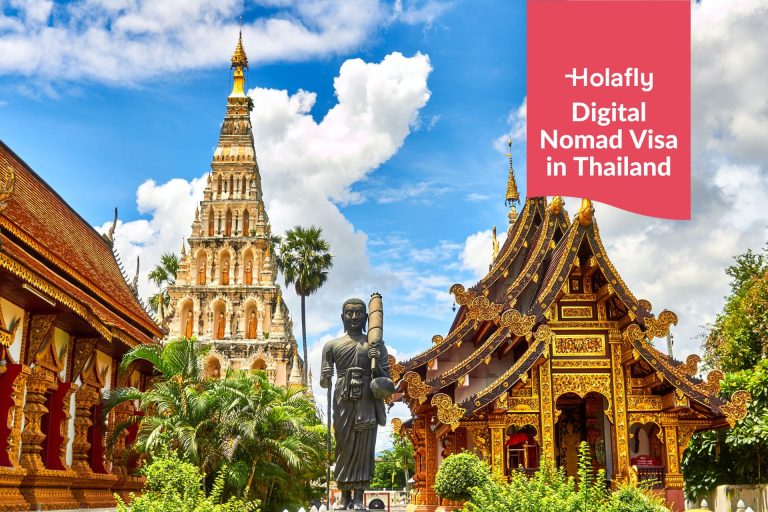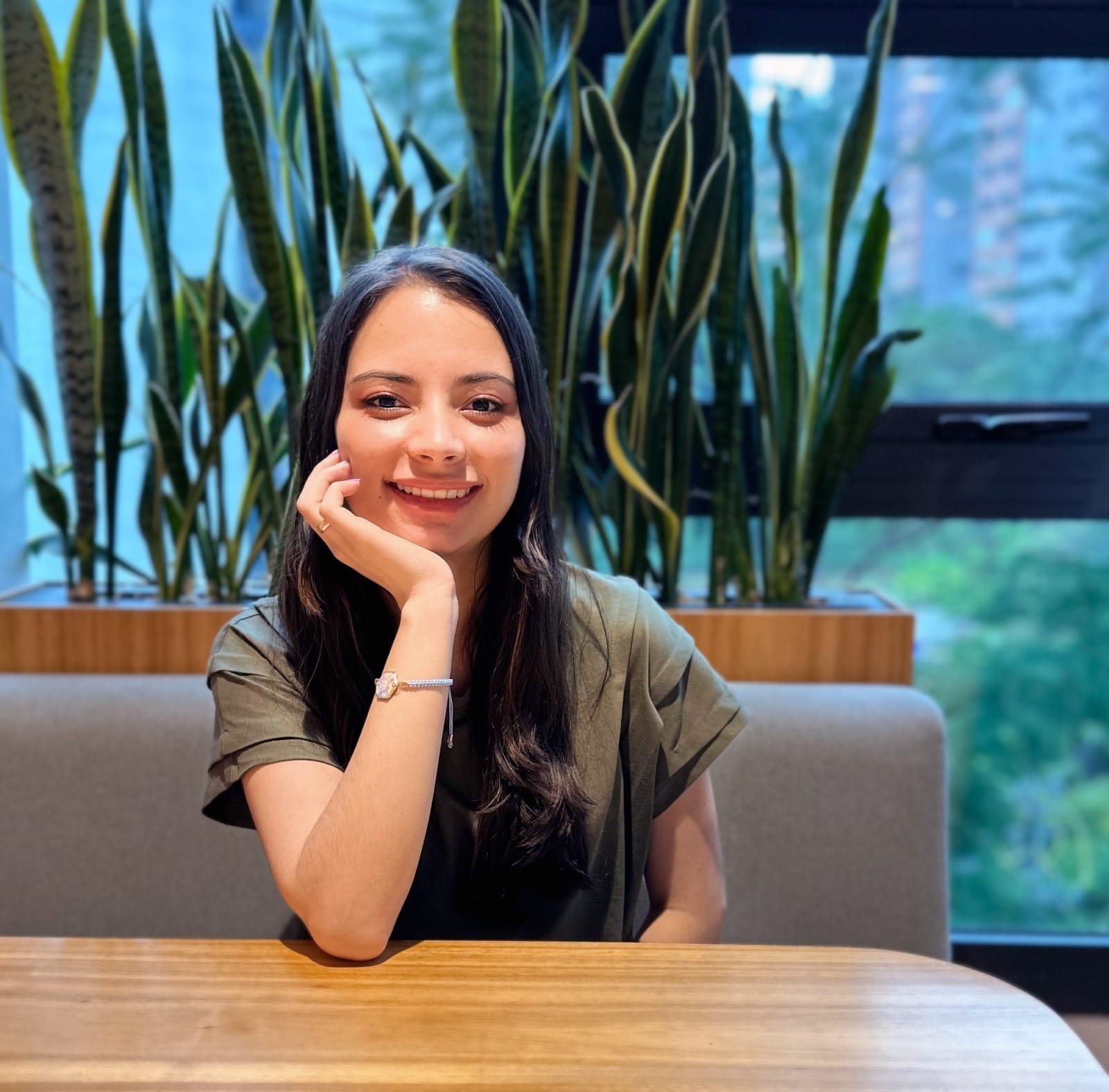What to pack for Thailand: All you need for a 2025 trip [+ downloadable list]
You should pack sunscreen, quick-drying clothes, a rain jacket, sneakers, beach attire, and an eSIM for internet connection when visiting Thailand.
Thailand is expected to receive at least 36 million travelers by the end of 2024. Chances are you’re due to add to that number or set the 2025 counter in motion.
But whether you’re planning to walk around the bustling streets of Bangkok or relax in the azure waters of the Phi Phi islands, there’s one question that can’t be avoided: what to pack for Thailand?
So, rather than looking for what to wear, what electronics to take, or even rushing up to pack your documents, we’ve prepared a list of all you need for an unforgettable trip!
Let’s start with the basics and necessities and work from there.
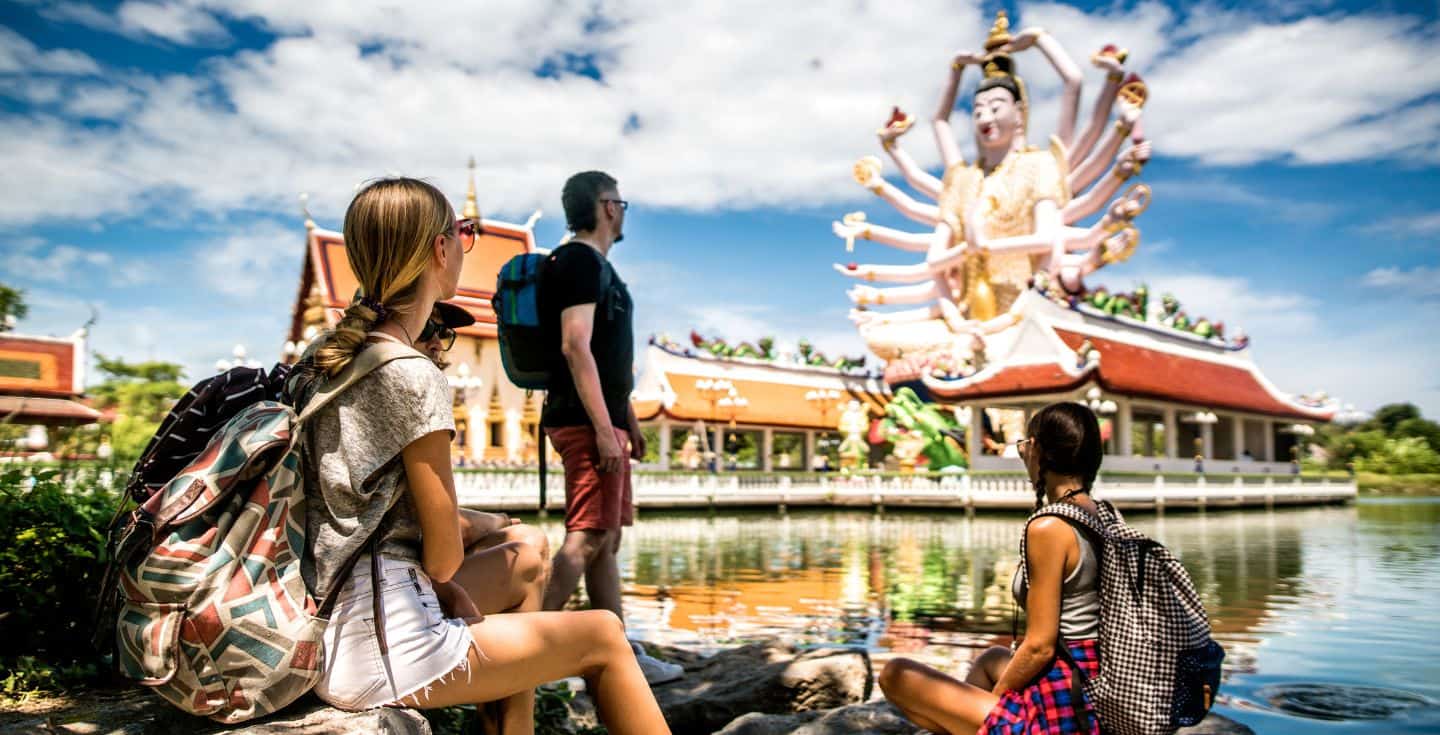
Download your ultimate Thailand packing list
Never forget what you’ve packed at the bottom of your backpack or suitcase again.
By downloading our ultimate packing list for Thailand, you can tick off your key items as you go.
Documents
Before planning your trip to Thailand, it is important to check the necessary documentation. These requirements might vary depending on your nationality, so always check your specific Thailand entry requirements.
These are the documents to check before your trip:
- Passport: Ensure your passport is valid for at least six months after your leaving date. Also, ensure it has two empty pages for your entry and exit stamps.
- Visa: For US citizens, a visa is not required upon entering, and you’ll be able to stay in the country for 30 days and extend it for another 30 days for a 1,900 Baht fee (~$55.34 USD). This might change based on your nationality.
- Travel insurance: While travel insurance is not mandatory, it is advised to avoid extra expenses if you get sick due to the tropical climate and environments you’re not used to visiting.
- Cash and other payment methods: The local currency in Thailand is the Thai Baht. While paying with a credit card is an option in most places, it’s always advisable to exchange some USD to get enough Baht for small ad-hoc expenses while doing different activities in Thailand, especially when visiting temples or buying souvenirs at local markets.
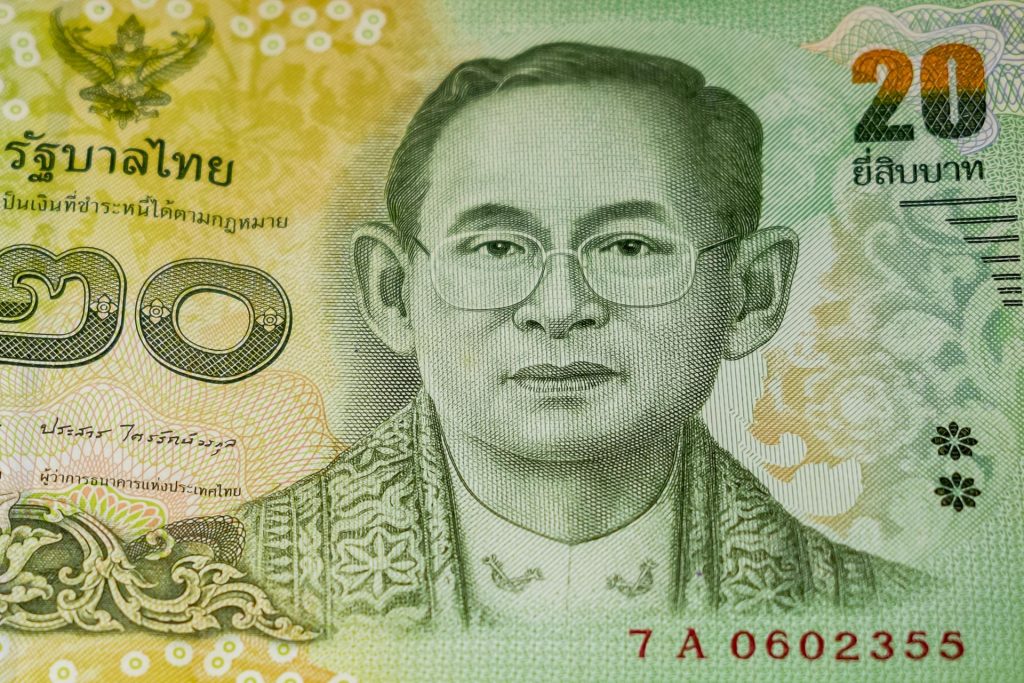
Clothing and footwear
Thailand is known for its hot weather, which ranges from 84°F to 95°F (29°C to 35°C) from November to April. During the rest of the year, temperatures can still reach up to 30.5 °C (87°F), so it is advisable to pack light clothes for this tropical climate, no matter how many days in Bangkok or other cities you spend.
Women’s clothing
Fresh, light clothes are an essential part of any Thailand packing list. From dresses to thin trousers, here’s what your suitcase should contain:
- Tops:
- Light t-shirts, take basic colors to match for different occasions
- Long-sleeved shirts are ideal for sun protection and temple visits
- Lightweight jacket, or a rain jacket, perfect for cooler evenings and air-conditioned places
- Beachwear:
- Bikinis, playsuits, or swimsuits are a must for relaxing at the beach or staying in the hotel pool
- Pants:
- Light summer pants, jeans, or linen drawstring are ideal because of the weather and to create multiple outfits
- Shoes:
- Flip flops for walking around the hotel or going to the beach
- Hiking boots as go-to shoes for outdoor activities in the Thailand mountains
- Sneakers for walking around Thailand’s bustling streets
- Accessories
- A sarong or a large scarf, to use as cover-up for visiting temples or as a beach towel
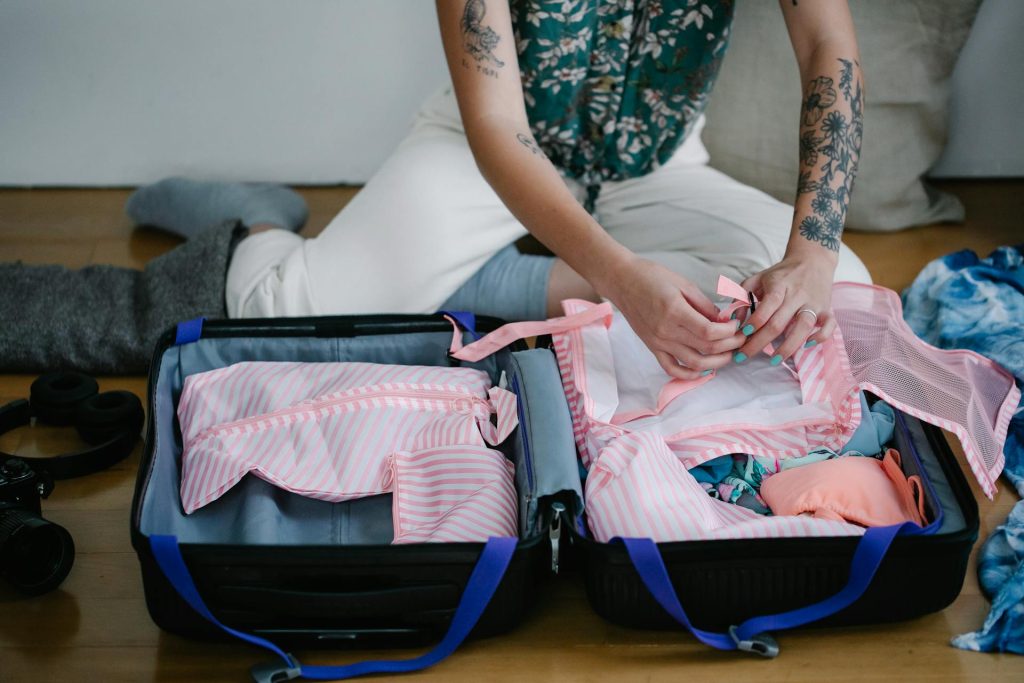
Men’s clothing
Things don’t change much for men, but let’s quickly list what to add to your Thailand packing list:
- Tops:
- T-shirts and tank tops are ideal for daily activities like visiting the city or going to the beach
- Long-sleeved shirts are a great option for a night out or to visit local Buddhist temples
- A light jacket or a rain jacket is a great option to cover on fresh nights or to carry all day long during the monsoon season
- Beachwear:
- Swim trunks, you’ll use these at the beach or poolside almost every day
- Pants:
- Light pants and jeans will carry you during the day and night while keeping you fresh
- Knee-length shorts are ideal for staying fresh and work great for visiting local temples
- Shoes:
- Flip flops, you’ll use these a lot while going to the beach or in the hotel
- Hiking boots, your best allies for mountain hiking in Thailand
- Sneakers, you’ll need comfortable shoes for walking and getting to know Thailand’s hidden gems
- Accessories:
- Hat and UV sunglasses, these are accessories you can’t miss on your list to protect from the sun
Health and hygiene
Adding health and hygiene items is advisable to avoid wasting time looking for these, and there’s a chance you won’t find your preferred items in Thailand.
So, let’s list what men and women should add for health and hygiene during the trip.
- Reusable water bottle: Take a reusable water bottle; extra points if it keeps the water cold, as you’ll need it in Thailand. Also, make sure to drink filtered water only.
- Sun protection: A high-SPF sunscreen is your best ally against the Thai sun, especially when hiking, walking, or going to the beach. When visiting the beach, look for coral-safe options.
- Insect repellent: Mosquitoes and other types of bugs are common in Thailand, so make sure to pack your insect repellent, bug spray, or mosquito bracelet.
- Personal medications: Ensure you have enough prescription medications and carry a copy of your prescriptions.
- Personal items: Take your body wash, shampoo, shaving cream, razor, cologne, and air conditioner from home; you might not find your preferred brands in Thailand.
- Intimal products: Your packing list should include tampons, intimal care products, and menstrual cups.
- Basic medical kit: Take aloe vera, diarrhea medicine, ibuprofen, wet wipes, antacid, antibacterial gel, antiseptic, and other similar items you consider important to add.
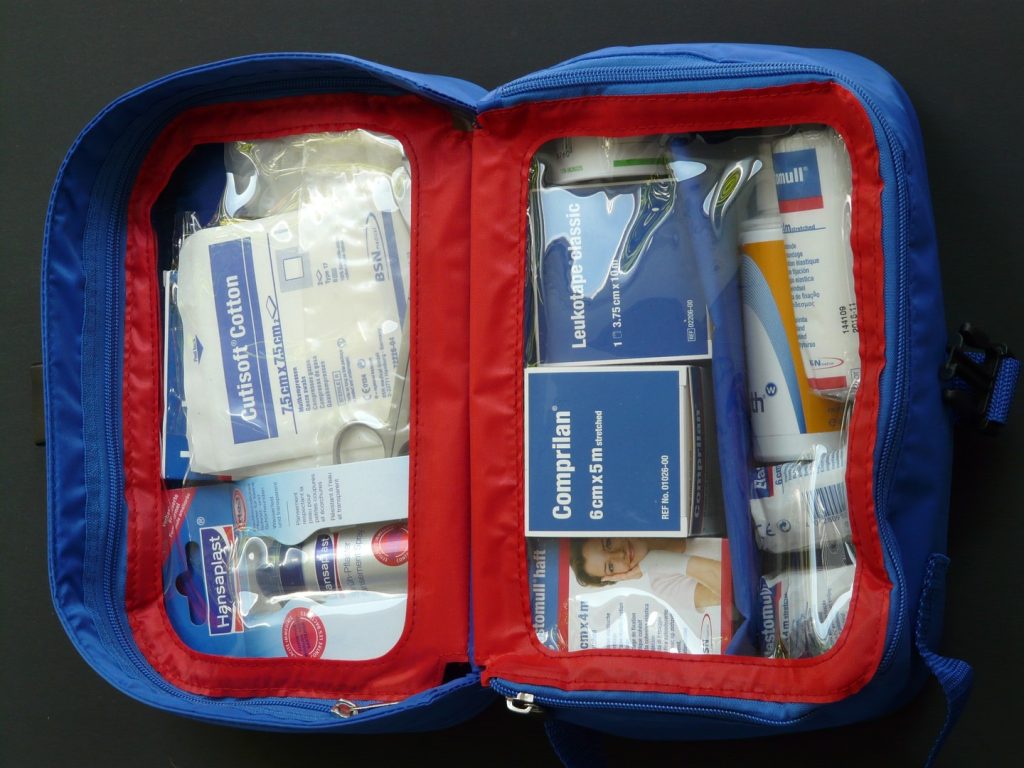
Electronics and connectivity
It is very important to have a reliable connection during your trip. It will let you stay in touch with your family and friends, share your experiences, use Google Maps, and more.
It’s hard to imagine a trip without your electronics nowadays, but you don’t want it to take up too much space in your suitcase, especially if you are on a backpacking trip. Here are some of the essentials:
Electronics
- Charger and power bank: Chances are you won’t forget your phone charges back home, but adding a power bank is a great idea, especially for whole-day activities.
- Travel power adapter: Thailand uses a 220V electrical system with type A, B, C, F, and O plugs, so taking a travel power adapter is a great addition and won’t take up too much space on your luggage.
- Tablet or e-Reader: Whether you prefer reading, streaming content, or playing games, an e-Reader or a tablet will do the work for you.
- Laptop: If you plan to work in Thailand, you must carry your laptop. Plus, don’t forget your laptop charger!
- Cameras: If you want to capture beautiful landscapes, vibrant culture, and beautiful moments, consider adding a camera if you have that extra space in your luggage.
- Waterproof phone case: In Thailand, you’ll spend a lot of time close to the water, whether on a beach or because of the rain in the monsoon season, so a waterproof phone case is quite helpful.

Staying connected with an eSIM card for Thailand
An internet connection is a must, and data roaming in Thailand is pretty expensive, so it’s better to consider using an eSIM instead.
With an eSIM, you’ll get up to 5G connections thanks to local networks, which are way cheaper than roaming.
That’s why using one of the best eSIMs for Thailand is a better overall alternative. Holafly offers a high-quality service and several features for a hassle-free connectivity experience.

With the eSIM for Thailand from Holafly, you’ll find unlimited data plans starting at $6.90. These plans get cheaper the longer you stay in the country, which is ideal if you stay longer than 30 days.
Here are some additional features you’ll get with it:
- Easy activation on Android and iOS
- 24/7 customer support in 19 languages
- Up to 500 MB of data sharing per day
- Customizable days from 1 to 90 days
- Data plans can cost as little as $1.55/day on long-term trips
Top Thailand packing tips and tricks
Now that you’ve read and know the essential items to take on your Thailand trip, it’s time to discuss some tips and tricks to make packing easier, faster, and more convenient for a great experience.
We’ll also give you some tips on enjoying the local Thai culture as much as possible during your trip.
- Be careful of what you eat and drink: While street food sounds good, visiting popular restaurants to avoid food poisoning is better. Also, raw food, especially seafood, is somewhat common, so keep an eye on what you eat and only drink filtered water.
- Pack versatile clothing: Adding versatile items to your luggage will carry you through your trip, as matching and creating outfits will be easier while overcoming the Thailand seasons.
- Pack what you truly need: Don’t add hiking shoes if you’re not planning to leave the beach, for example, or don’t think about adding a heavy coat; you won’t need these in Thailand.
- Roll your clothes: Rolling clothes instead of folding them saves space and minimizes wrinkles, allowing you to fit more into your suitcase.
- Carry a small bag: A small dry bag can help you carry items like your water bottle, sarong, snacks, power bank, and other small items you might need during the day. A tote bag also works if you already have one.
- Respect the local culture: You must respect the local culture, such as not talking bad about the Thai monarchy, as you can get fined, visiting religious sites and respecting the dress code and monks, wearing proper cover-up clothes, and respecting locals.
- Avoid public displays of affection: Keep public displays of affection to the lowest possible level. Holding hands is acceptable, but avoid kissing or hugging while in Thailand.
- Don’t forget about head and feet: Heads are considered a sacred part of the body, and feet are considered the less sacred part. So, avoid touching other people’s heads, and don’t point your feet toward people, especially monks or religious objects.
- Respect social norms: Thailand’s culture has a reputation for maintaining calm and composed behavior, so avoid raising your voice, shouting, or confrontations while walking around.
- Use packing cubes: Packing cubes will help you keep things tidier while saving room in your luggage for other items you might need.
- Stay connected in Thailand: You’ll need an internet connection when visiting Thailand. Whether you want to use Google Translate or Maps, ask for an Uber, or even call home, having an unlimited data eSIM for Thailand is the perfect complement to your trip!
Armed with our packing checklist and a full suitcase, you should now be ready to explore all Thailand has to offer. There’s just one more thing: don’t forget to stay connected with your Holafly eSIM for Thailand!


















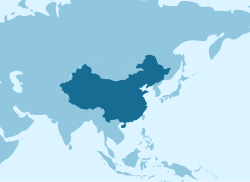

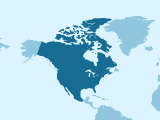








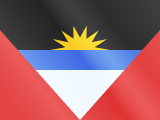
















 Pay
Pay  Language
Language  Currency
Currency 


















 No results found
No results found



![What to pack for Thailand: All you need for a 2025 trip [+ downloadable list] Thailand](https://esim.holafly.com/wp-content/custom/destinos/thailand.png)
![What to pack for Thailand: All you need for a 2025 trip [+ downloadable list] Europe](https://esim.holafly.com/wp-content/custom/destinos/europe.png)

